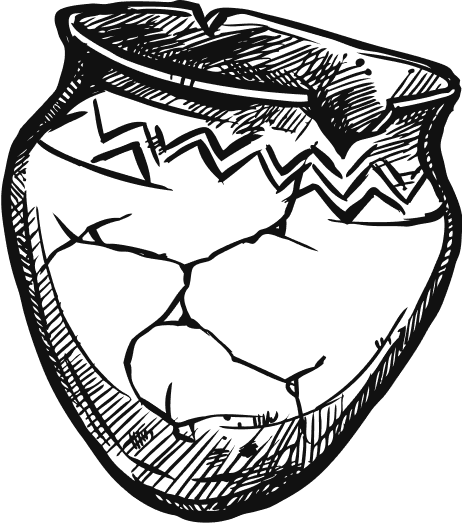Accessibility
FAQ’s and Tips/Guidelines
View All FAQ’sFAQ
If you have a disability that is not accommodated by our current programming and resources, please contact us! We are always looking for ways to expand our offerings and be as inclusive as possible. Email accessprogramming@hmns.org and let us know what we can do to make HMNS more inclusive!
Guidelines
Visit HMNS at low volume times. Our museum halls can get crowded on the weekends, during our free hours on Tuesdays, during holidays (especially Spring Break), and during the summer. During weekdays in the spring, the halls may be crowded with school groups visiting on field trips. The best times to visit are right when the museum opens (9:00 a.m.) during the week, especially on Mondays. If you have any questions about how busy the museum is, you can call 713-639-4629 to speak with a representative from our Visitor Services Department.
Please note that events and facility rentals are a frequent occurrence at HMNS. If you are visiting towards the end of the day, catering may be setting up in certain areas in the museum. The Morian Overlook on the 2nd Floor of the museum is a popular rental space for luncheons and/or evening events. Please note that this area may be closed to the public depending on the day that you visit.
Download our Access HMNS app to use before, during, or after your visit. Access HMNS has social guides, a customizable schedule, communication icons, games, a sensory map, and tips for your visit. Access HMNS is available for both Android and Apple devices. The Access HMNS App is presented by Texas Children’s Hospital and SPARK.
Review our Exploration Planner in advance! A good way to prepare you and your family for a visit to HMNS is to look over our Exploration Planner and decide which exhibits you’d like to see and in what order you’d like to visit them. It might also be helpful to bring a printed copy of the Exploration Planner, along with our Visual Vocabulary Cards, with you for your visit!
Be sure to review our Sensory Guide before your visit. This map includes information on sensory components of each exhibition as well as quiet places to stop and take a break during your exploration, should you need them.
These resources are also useful for families with young children, elderly patrons or anyone visiting the museum! Find laminated versions of these resources to check out at Museum Services, located inside the main entrance of the Permanent Exhibit Halls.
Please note that our Sensory Guide evaluates loud noises and extreme quiet with equal high sound rating. In the same way, extreme dark and extreme light are evaluated with equal high visual stimulation ratings. Halls were evaluated in this way as each extreme can be potential triggers to someone with sensory sensitivities.
Haga click aquí para ver las tarjetas del vocabulario visual y Planificador de exploración!
Plan a little extra time for parking as the Museum District can get crowded. If the HMNS parking garage (Lot B) is full, there are other 3-hour lots in the area (such as Lot C). Please reference this map for alternative parking areas.
There are a few accessible parking spots available at the front of the museum on Caroline Street. We also have accessible parking spots available near the elevators on every floor in the HMNS parking garage. Plan a little extra time for parking as the Museum District can get crowded.
HMNS has restrooms with changing tables on every level of the museum. There is a family restroom available on the Second Level of the museum on the Morian Overlook with an adult changing table available for use. There is a unisex restroom available on the Lower Level of the museum with an adult changing table available for use. Mothers may nurse anywhere within HMNS—there is no designated area. If privacy is preferred, the family restrooms on the Lower Level and Second Level are lockable and available for nursing.
We welcome service animals, identified by the ADA as any breed of dog or miniature horse, that are trained to work or perform tasks for an individual with a disability unless the animal poses a direct threat, is not housebroken or is not under control. Emotional support/comfort/therapy animals and pets are not permitted anywhere in the building. Service animals must be harnessed, leashed, or tethered, unless these devices interfere with the service animal’s work or the individual’s disability prevents using these devices. In that case, the individual must maintain control of the animal through voice, signal, or other effective controls. Service animal relief areas are located outdoors on any of the grassy areas surrounding the Museum.
Be sure to plan ahead for lunch – we do not allow food or drink in our exhibit halls! You may either pack a lunch and keep it stored in a bag that you carry with you until lunchtime, keep a lunch stored in your car until lunchtime, or purchase lunch from Elements Grill or Periodic Table. Your Permanent Exhibit Hall ticket gives you access to exit and re-enter the Permanent Exhibits throughout the day, so feel free to eat lunch and return to the museum!
If you and your child get separated, please report to Museum Services, located inside the main Exhibit Hall entrance off of the Grand Hall and report that you and your child were separated. Museum staff are trained to help find your child in this situation.
Strollers that are not used for a disability are not allowed in our Planetarium, Giant Screen Theater, Butterfly Center, and occasional special exhibitions, but we will always provide a place for you to store them while you enjoy the shows or exhibit!
Please note that most Special Exhibits are one-time entry only, so make sure to plan enough time to see the whole exhibit!
If you have questions about how busy the museum is, call (713) 639-4629 to speak with a Visitor Services Department representative.
Dining Options
With a focus on sustainability, we have a range of cuisine made from local ingredients.


